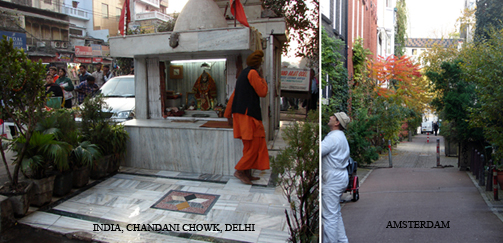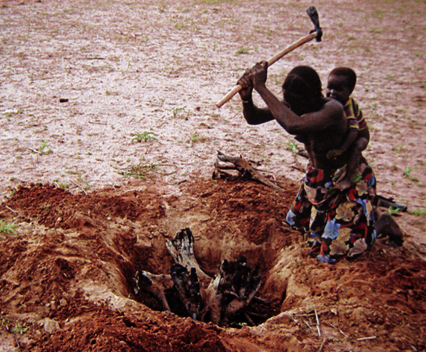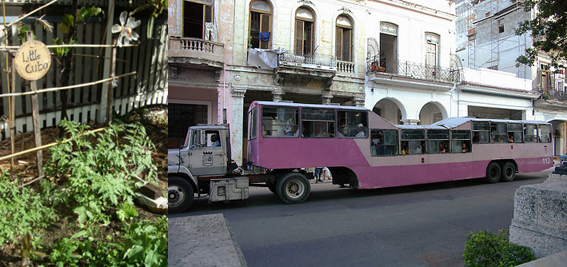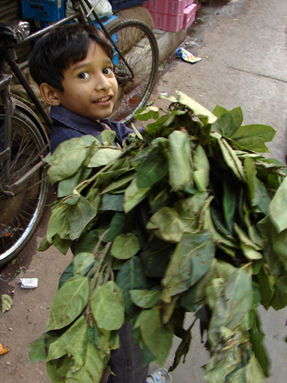An Agriculture Testament — Sir Albert Howard
Excerpts from “An Agriculture Testament” by Sir Albert Howard published in 1940
These reading notes form a part of sanjeev shankar's research, which is summarised in his research report
Traditional agricultural methods of non-industrialized societies - China,India and Japan
Following practices are still prevalent in large parts of these regions:
- System of peasant farming for centuries. Agricultural practices are as permanent as those of the primeval forest and are comparable to systems found in Costarica, Guatemala and other parts of Latin America. Chief characteristics include:
- minute holdings
- dominance of food and forage crops
- mixed crops are the rule with cereals being the main constituent
- a balance between livestock and crops
- use of animal waste (especially in china, even the human waste found its way back to the land), Nothing is waste
- leguminous plants are common(indo gangetic plains have pigeon pea which is also a sub soil cultivator)
- absence of soil inversion ploughs( soil inversion for the destruction of weeds in hot climate is unnecessary in hot climate since the same work is done by the sun! Also preserving the level of fields is essential for surface drainage and to prevent water logging )
- adequate suppply of labour
- regional variables a common feature
Agricultural methods of industrialized societies
- Satisfy three hungers: hunger of local rural population with the livestock, hunger of urban population and that of machines which need raw materials
- Holding tends to increase in size (from small family units of france and switzerland to collective farms of russia and ranches of US and Argentina)
- monoculture is the rule, even rotations are unknown and no attempt is made to create natural humus or manure or waste recycling
- dominance of the machine
- artificial manure used widely
- diseases and hence pesticides on the rise
- food processing is a norm
- science a dominant force to help production
- loss of soil fertility highlighted by the growing menace of soil erosion
Europe and India: Urban Farming Comparision
There are numerous contextual divides and connects between European and Asian/African urban farming context:
- Scale and overall capacity of the city, its people and the land they live on
- Demographic distribution between urban and rural areas
- Role of the media and government. The suicide of 160000 Indian farmers over the last decade is an important case in point
- Growth index of the city, population density, character of the built habitat and city's suitability for urban farming.
- Degree of support from the banks and government in general
- Immediate and pressing needs and challenges faced by the city. Whether a city and its people really need urban farming as a priority?
- The nature of demand and supply
- Soil conditions, land ownership systems1) and appropriateness of native plants
- Beliefs of the local people. Self regulation through religion and spirituality in India can be seen as a ethical manifestation of a traditional belief system.
- Traditional knowledge, role of medicinal plants and type of relationship with land. In India 'land' is treated as the mother and she is sacred.
- City's interdependence on and integration with rural areas and rural people
- Role of plants in daily life(religion/festival/marriage/birth/death)
- Type of staple diet
- Overall seriousness of the problem, opportunity and public perception, level of awareness
- The impact and role of permaculture as a systemic solution
Some interesting insights from interviews and online surveys are given below:
- In Africa, the challenges and problems are acute. Plagued with the problems of desertification, drying of rivers, impoundments and boreholes,
people living in poverty, violence against women, increasing spread of AIDS and infectious diseases, constantly failing crops and dwindling livestock and the exodus of young people, permaculture along with a broad community driven approach can and has played a critical role in creating a turn around. The african centre for holistic management and its work with the Wange community in Sub-saharan africa is an interesting case in point. In Zimbabwe, the Centre has been able to demonstrate on its 8000 hectare property that the land, water and biological resource base can be healed. Land here can not be viewed separately from the social, cultural and economic aspects of the community.2)Further, through a three phase training programme which includes education, awareness about legal rights and land ownership details, permaculture can play a crucial role in women empowerment. The training program is supported by the Zimbabwe Women's Bureau and has created a core of self reliant women who are an inspiration for everyone. Complete details of this case study can be seen in the link given at the end of this page.
- Cuba on the other hand has demonstrated the most widespread turnaround. Free fall of it's economy in early nineties resulted in some drastic steps being taken . Every vacant lot in the city was converted into an orchard. People learnt about diversified and integrated systems and started recycling organic residues and waste. Urban areas doubled up as areas for livestock production. With a strong sense of community and a feeling of caring and sharing for each other, the impact was felt beyond agriculture. The education, housing, transportation and energy alternative realms were affected resulting in improvised solutions from the people. The success of Cuba proves that the promotion of small participatory projects that stimulate such initiatives, offer training and gradually convert small production units aimed at self-sufficiency into profitable ventures, should be a priority in both urban and rural planning. Complete details of one such case study can be seen in the link given at the end of this page. A documentary titled 'Power of Community' which is with FoAM captures the effectiveness of this approach.
- In Nepal which has 90 % of its working population dependant on agriculture for their livelihood, permaculture has become a mature innovative approach to participatory community based development of sustainable land use. An important case is that of the Jajarkot Permaculture Programme(JPP) with 120 staff and 12000 members who are involved in training people for fruit and vegetable production, bee keeping, weaving, low external-input techniques and drinking water systems. With a diverse skill base, it further identifies and uses traditional farming, labour and product exchange systems to apply its work. Finally in order to strengthen the local economy, marketing of farm produce is recycling wealth back into villages. Today it is in a position to train farmers at a national and international level. With the constraint that farmers could not afford a drop in their yield while shifting to permaculture methods, a rolling permaculture system has been gradually introduced where new systems are introduced alongside traditional ones and are designed to enhance and diversify production rather than replace it. This is a crucial case study since most Indian farmers are hesitant to shift to permaculture or alternative systems as they fear a drop in their produce. This attitude is also seen at the government level. Complete details of this case study can be seen in the link given at the end of this page.
- In Phillipines, Cabiokid is an interesting permaculture development site of 5.5 hectares, whose mission is to provide ideas and inspire creative solutions towards sustainable development. With a persistent lack of financial and technical support from the government towards organic and sustainable agriculture and with people choosing short-term solutions under financial constraints and immediate needs, such an enterprise deserves special attention. Started by an engineer, an agronomist and a product developer, all of them frustrated with modern farming, the project demonstrates on a 5.5 hectare land, the essential guidelines for achieving a sustainable and productive site in the fastest possible time, without depending on external resources. Paying attention to scale, disturbing the soil and farm as little as possible, focussing on existing crops(rice in this case) and planning for immediate, short and long term changes were the key principles followed here. Complete details of this case study can be seen in the link given at the end of this page.
- In India and many other eastern cultures land is venerated and worshipped as a source of life and sustenance. Cities in India are well served by the produce from rural areas within and without the city. The threat of food shortage and rising food prices is not yet synonymous with Indian cities though there are growing concerns. A unique feature is the existence of urban villages which serve not just agro-produce but also dairy products to the city. Such intepenetration is a unique trait of Indian cities and can inform an integrated and interdependent design response. This symbiotic character lends Indian cities a RUrban character. In India, a structured and policy level, community centric approach is required for an integrated sustainable solution.
- Some interesting aspects of permaculture from different parts of the world have been discussed in LEISA3)_a magazine on Low External Input and Sustainable Agriculture. All of them share a diversified, integral approach which has been modified to suit the local conditions and specfications. A sense of independence coupled with strong economic and social benefits is a common feature. Please click on the documents below to see the details:
–
Related: http://www.publicsphereproject.org/patterns/pattern.pl/public?pattern_id=890




